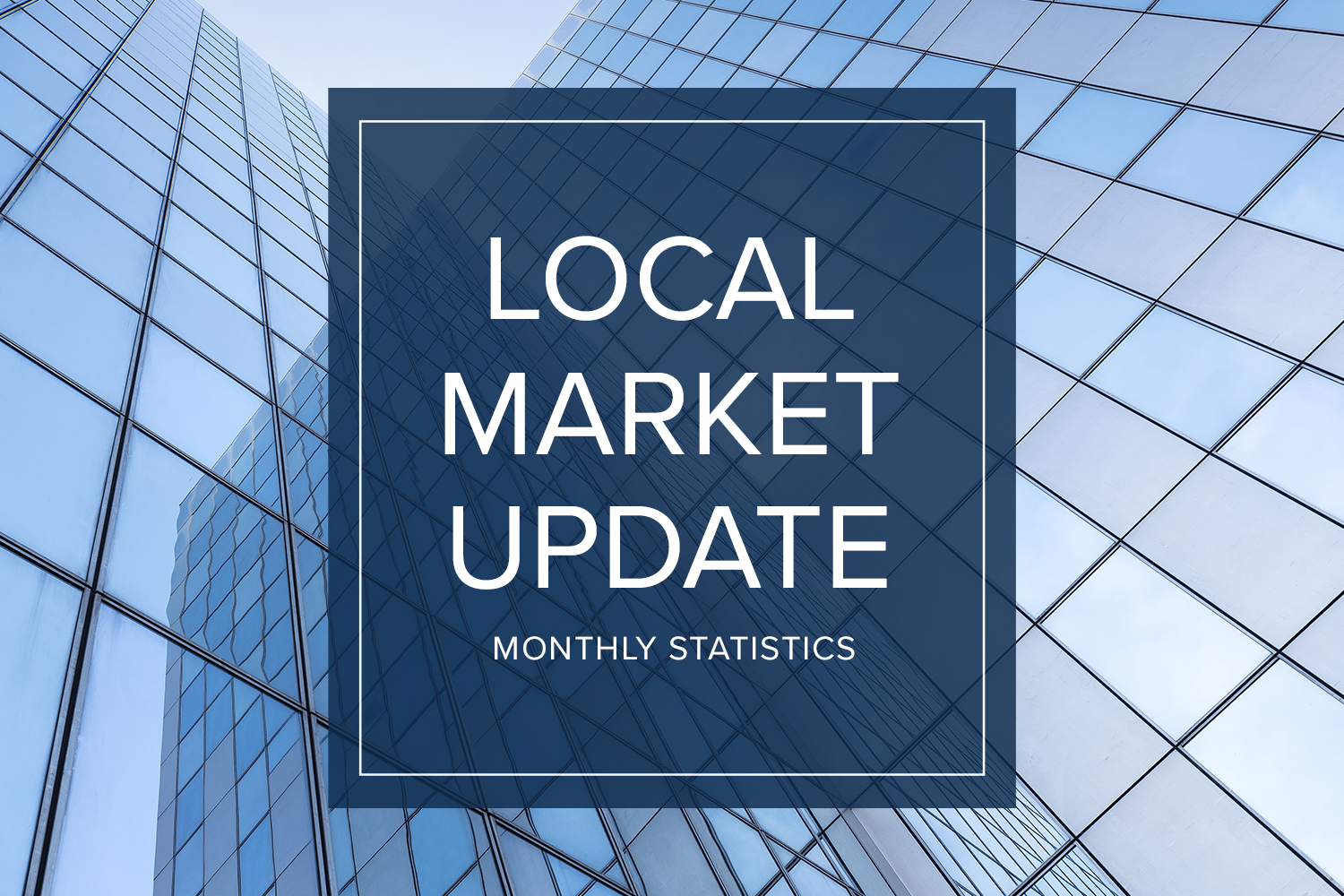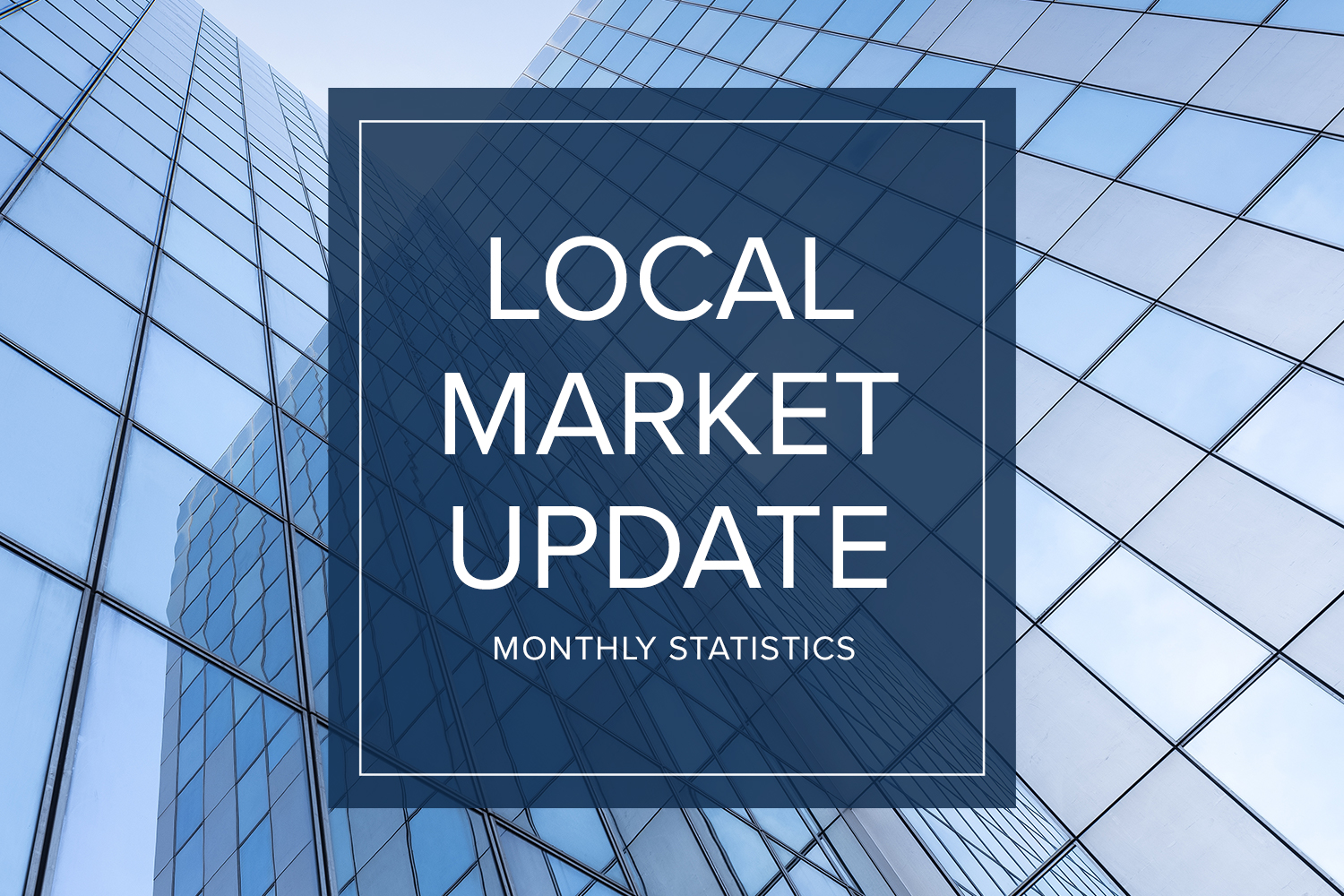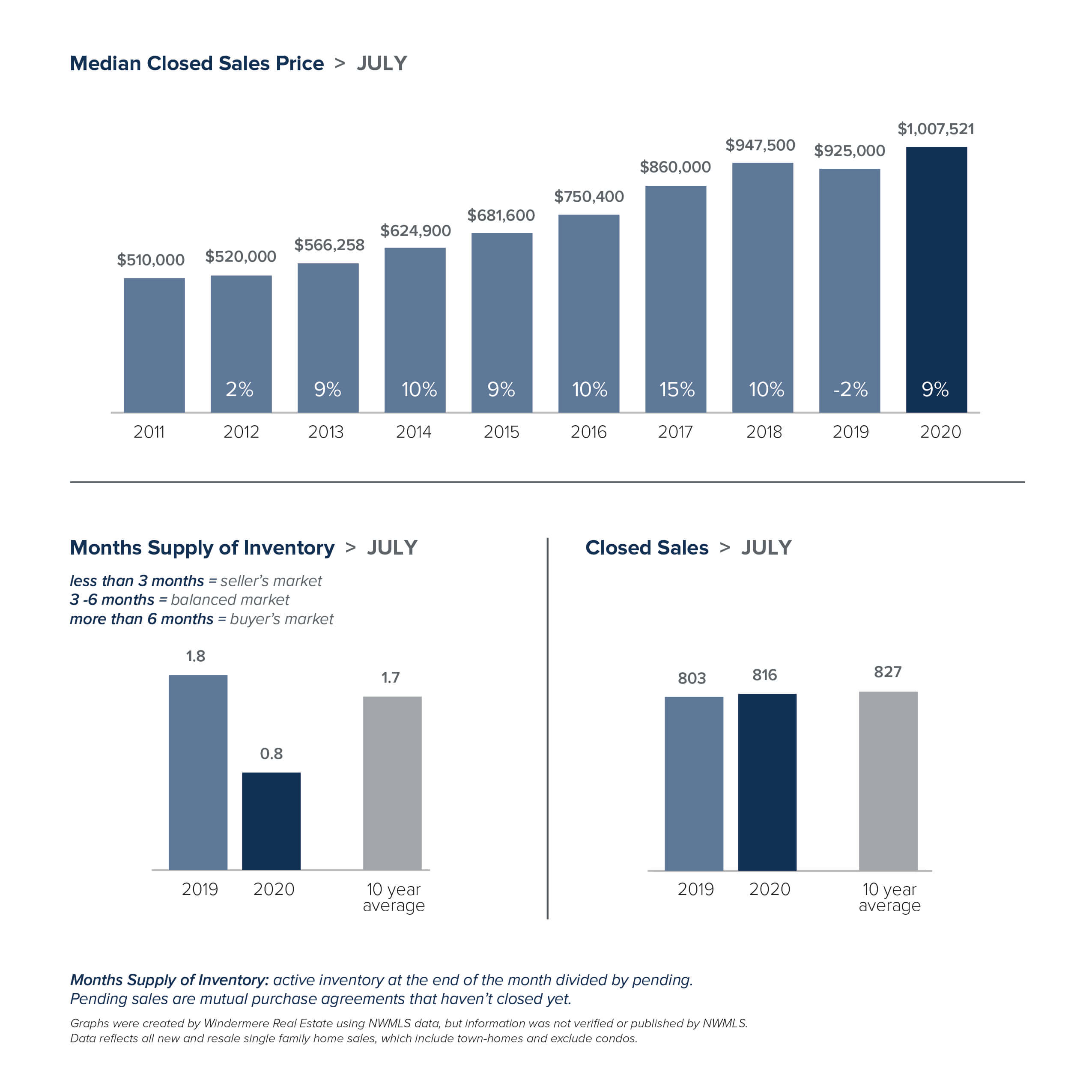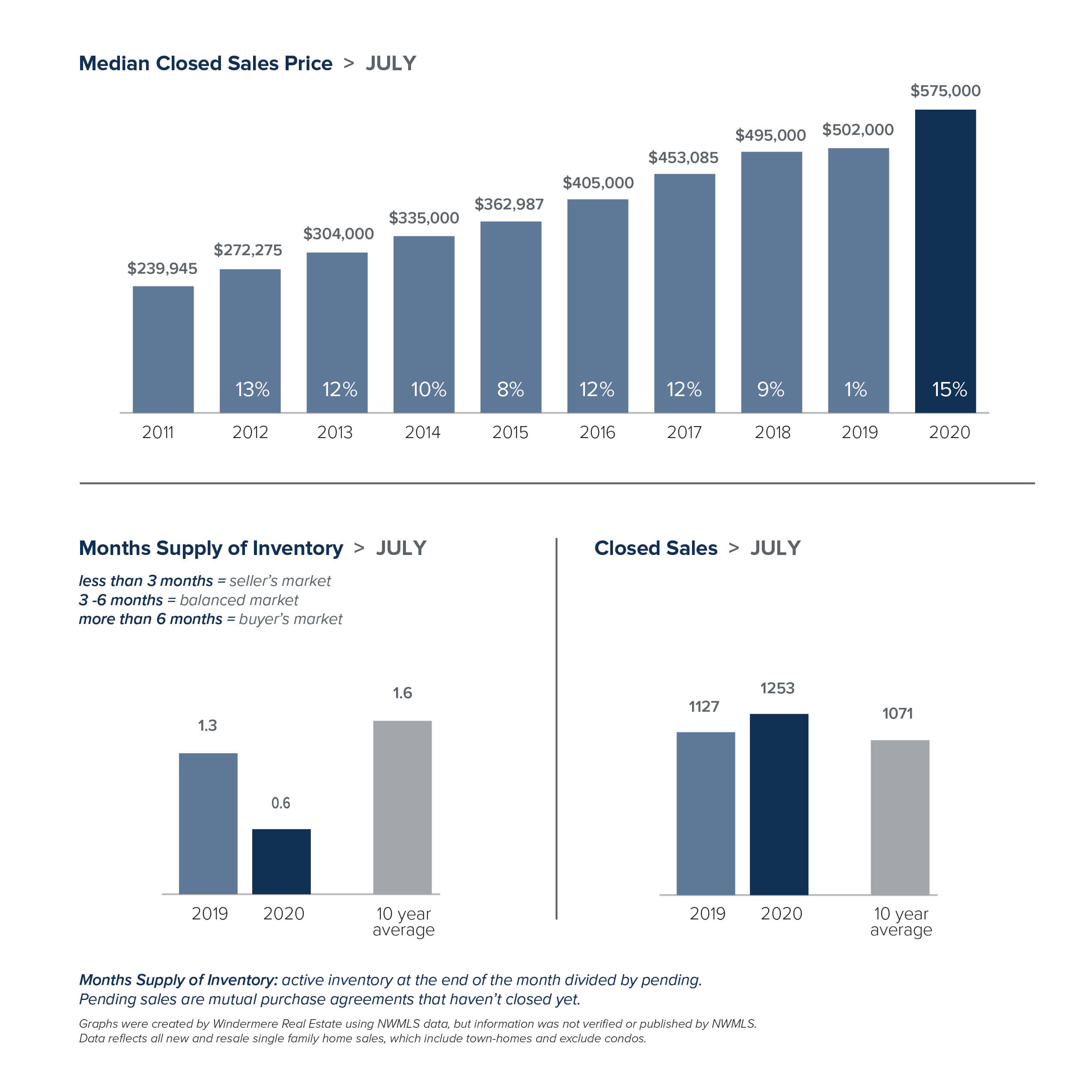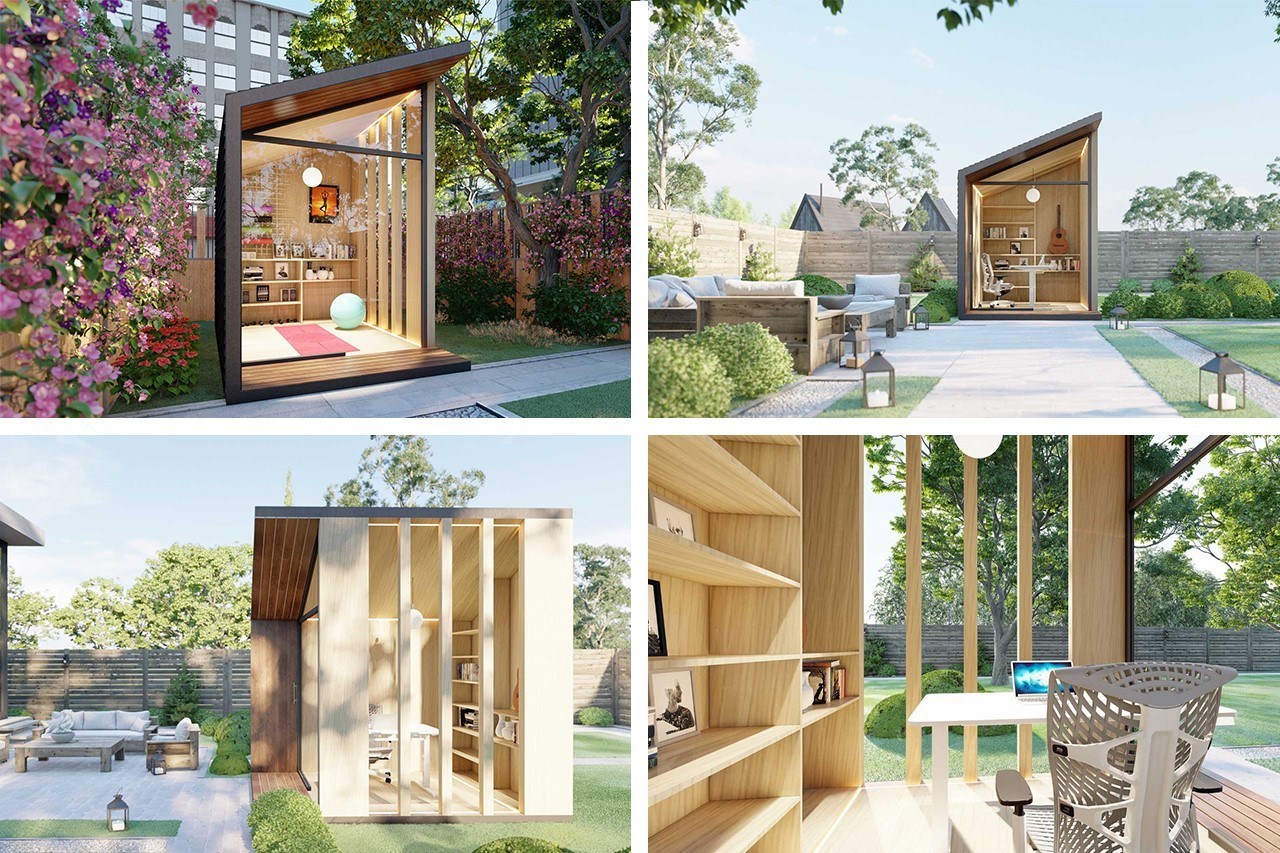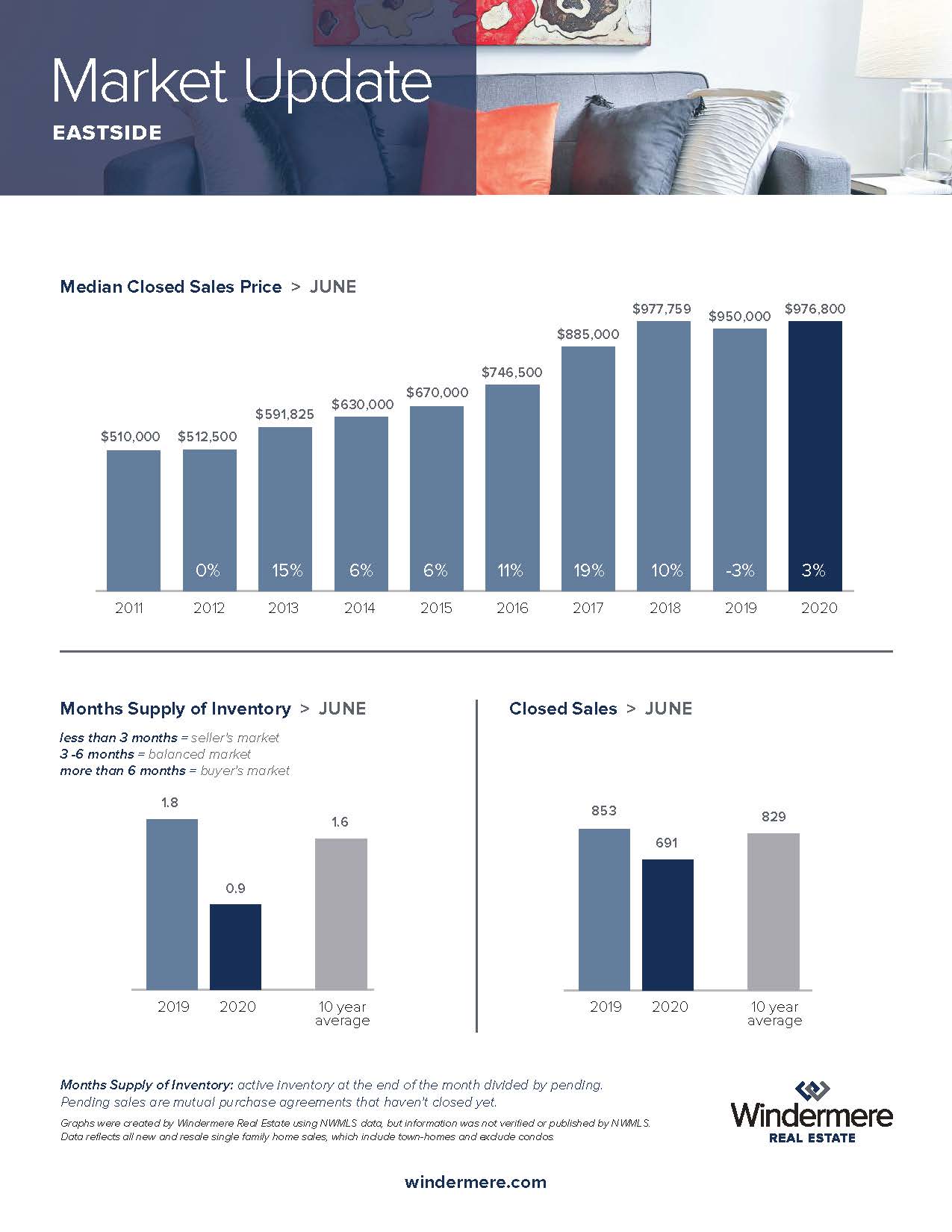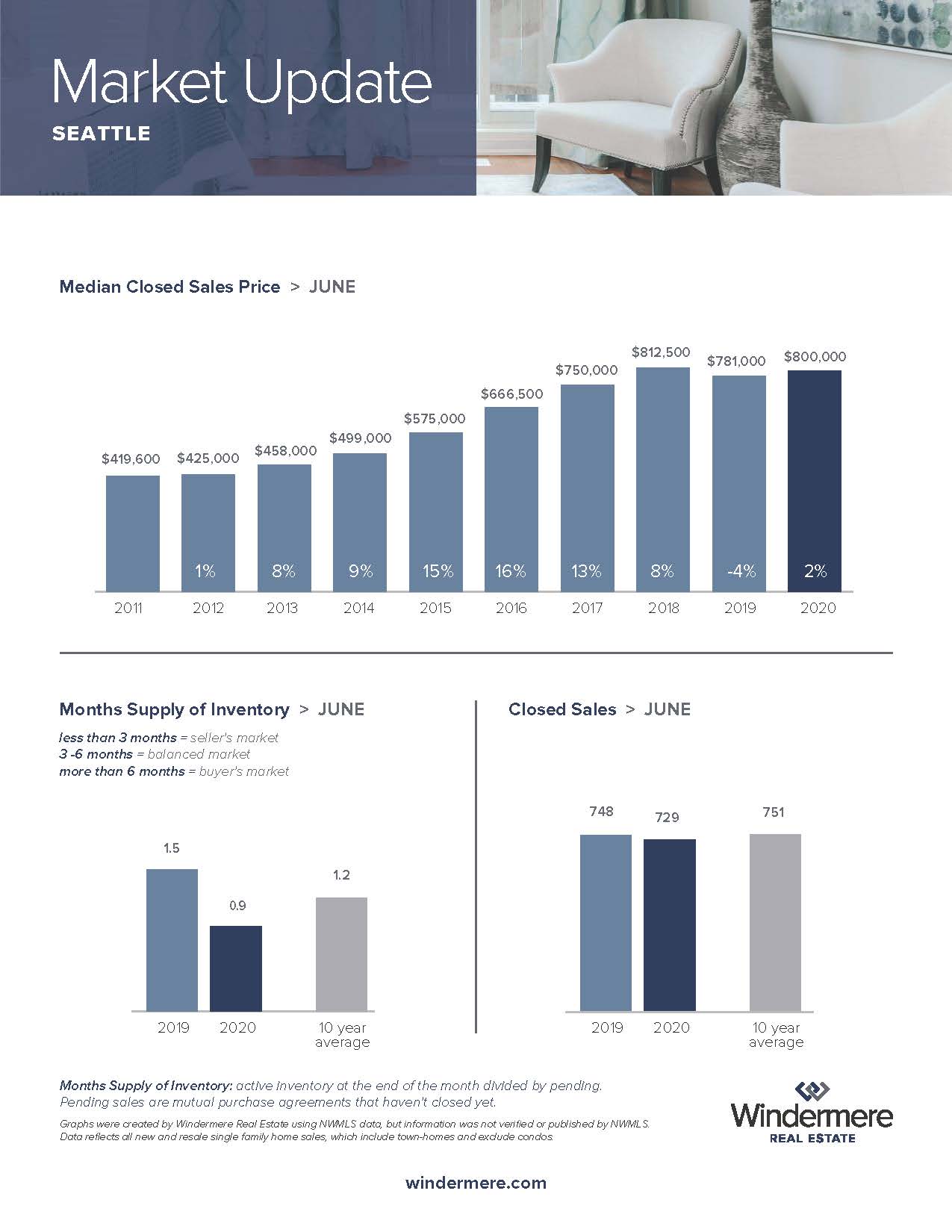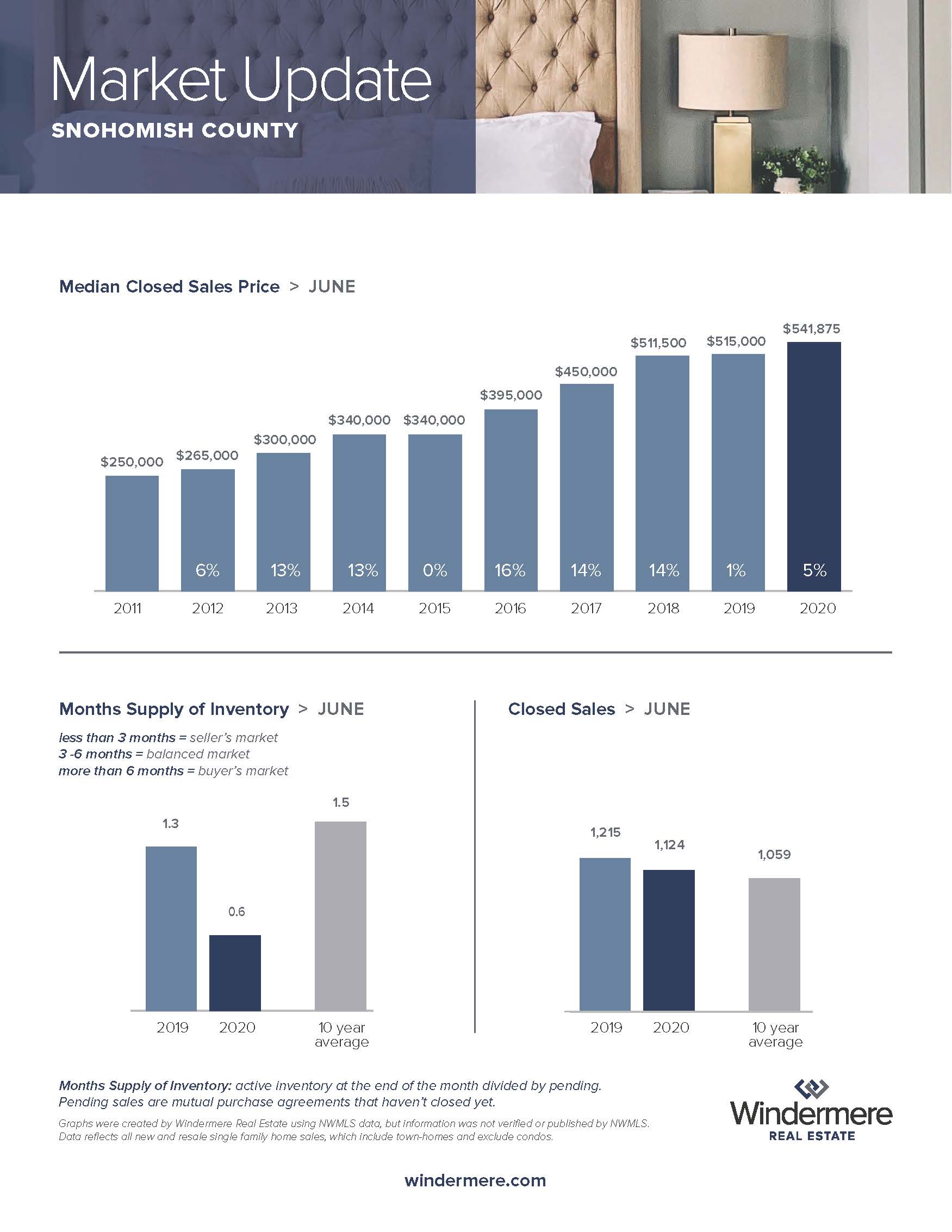Kirkland Grows in Population, Housing, and Business
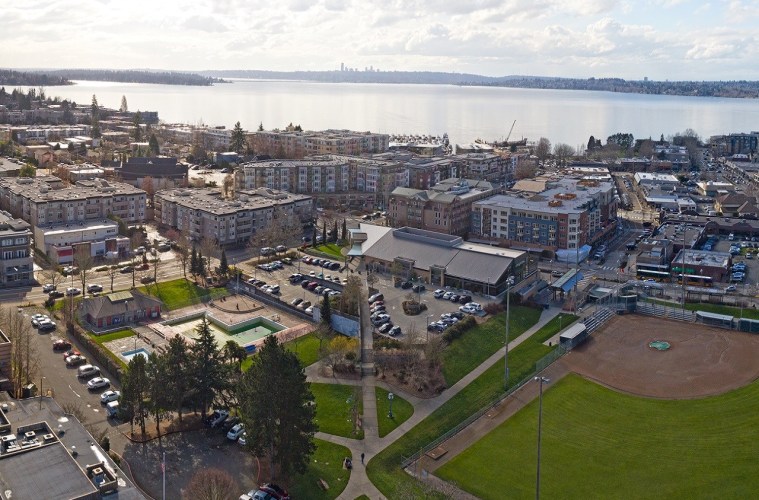
Across Lake Washington from Seattle, quiet Kirkland is in for a bustling future. Prior to the pandemic, the city was experiencing growth as it worked to accommodate 8,361 new housing units and 22,435 new jobs by 2035, averaging out to about 363 housing units and 975 jobs per year. Even with the pandemic in mind, Kirkland is preparing for a growth spurt.
The cause of this exponential growth? Everything from continued investment from businesses like Google, new construction projects and the annexation of land from nearby Finn Hill, Juanita and Kingsgate. The result is a population increase of 82 percent between 2011 and 2019, and a sizeable increase in land area thanks to the newly incorporated areas.
To accommodate a growing population and increasing job opportunities in the area, Kirkland is also developing a Bus Rapid Transit (BRT) system that will include a new station in the city which will serve the greater I-405 corridor. The station will also allow for transit-related development and new construction within a half-mile radius of the station. Currently, the area includes multi-family residences, schools, parks and commercial/retail and office spaces.
One of the other notable new projects includes the completion of the Village at Totem Lake. The 26-acre urban lifestyle village has been under construction since 2016, but the development plans to wrap up by the end of this year. The Village includes commercial tenants such as Cinemark, Whole Foods and Nordstrom Rack, while the nearby Aura Totem Lake apartments have 202 housing units available, with two more complexes to be completed by spring 2021.
Another developing property, Kirkland Urban, is a mixed-use project on 11.5 acres in downtown Kirkland. The project caught the attention of Google, who purchased most of the property for $435.7 million in 2019, and has now added 1.1 million square feet of office space in the city. Google already had offices in the area, and during the pandemic many of its employees will continue to work from home. Additional businesses in the area will include restaurants, bars, shopping and more housing at the recently-opened Uptown Apartments.
Thanks to its rapid growth, Kirkland is now more committed than ever to the “Innovation Triangle” it forms with Bellevue and Redmond. Together, the three cities have formed an attractive hub for tech businesses and workers alike, as they foster improved commutes, residential areas, job opportunities and positive growth.
Please feel free to reachout with any questions you have!
Karen Prins
karen@karenprinsrealestate.com
This article was originally posted on 425 Business by John Stearns and on GettheWReport.com
The Gardner Report – Q2 2020 Western Washington


The following analysis of the Western Washington real estate market is provided by Windermere Real Estate Chief Economist Matthew Gardner. We hope that this information may assist you with making better-informed real estate decisions. For further information about the housing market in your area, please don’t hesitate to contact your Windermere agent.
REGIONAL ECONOMIC OVERVIEW
It appears as if the massive COVID-19 induced contraction in employment that Washington State — along with the rest of the nation — experienced this spring is behind us (at least for now). Statewide employment started to drop in March, but April was the real shock: total employment dropped almost 460,000 between March and April, a decline of 13.1%. However, this turned around remarkably quickly, with a solid increase of 52,500 jobs in May. Worthy of note is that, in May alone, Western Washington recovered 43,500 of the 320,000 jobs that were lost in the region the prior month. Although it is certainly too early to categorically state that we are out of the woods, the direction is positive and, assuming we respect the state’s mandates regarding social distancing and mask wearing, I remain hopeful that Washington will not have to re-enter any form of lockdown.
HOME SALES
- There were 17,465 home sales during the second quarter of 2020, representing a drop of 22.2% from the same period in 2019, but 30.6% higher than in the first quarter of this year.
- The number of homes for sale was 37% lower than a year ago, but was up 32% compared to the first quarter of the year.
- Given COVID-19’s impacts, it’s not surprising that sales declined across the board. The greatest drops were in Whatcom and King counties. The smallest declines were in Grays Harbor and Cowlitz counties.
- Pending sales — a good gauge of future closings — rose 35.7% compared to the first quarter of the year, suggesting that third quarter closings will grow as well.

HOME PRICES
- Home-price growth in Western Washington rose by a relatively modest 3.5% compared to a year ago. The average sale price in the second quarter was $559,194.
- Compared to the same period a year ago, price growth was strongest in Grays Harbor County, where home prices were up 14.3%. Clallam County also saw a double-digit price increase.
- It was interesting to note that prices were up a significant 6.6% compared to the first quarter. This suggests that any concern regarding negative impacts to home values as a function of COVID-19 may be overblown.
- I will be watching for significant price growth in less urbanized areas going forward. If there is, it may be an indication that COVID-19 is affecting where buyers are choosing to live.

DAYS ON MARKET
- The average number of days it took to sell a home in the second quarter of this year matched the second quarter of 2019.
- Across the entire region, it took an average of 40 days to sell a home in the second quarter. I would also note that it took an average of 14 fewer days to sell a home than in the first quarter of this year.
- Thurston, King, Pierce, and Snohomish counties were the tightest markets in Western Washington, with homes taking an average of only 17 days to sell. All but two counties, Grays Harbor and Cowlitz, saw the length of time it took to sell a home drop compared to the same period a year ago.
- Market time remains well below the long-term average across the region. This is due to significant increases in demand along with the remarkably low level of inventory available.

CONCLUSIONS
 This speedometer reflects the state of the region’s real estate market using housing inventory, price gains, home sales, interest rates, and larger economic factors.
This speedometer reflects the state of the region’s real estate market using housing inventory, price gains, home sales, interest rates, and larger economic factors.
What a difference a quarter makes! Given that demand has reappeared remarkably quickly and interest rates remain historically low, it certainly remains a seller’s market and I don’t expect this to change in the foreseeable future.
The overall housing market has exhibited remarkable resilience and housing demand has rebounded faster than most would have expected. I anticipate demand to remain robust, but this will cause affordability issues to remain as long as the new construction housing market remains muted.
ABOUT MATTHEW GARDNER
 As Chief Economist for Windermere Real Estate, Matthew Gardner is responsible for analyzing and interpreting economic data and its impact on the real estate market on both a local and national level. Matthew has over 30 years of professional experience both in the U.S. and U.K.
As Chief Economist for Windermere Real Estate, Matthew Gardner is responsible for analyzing and interpreting economic data and its impact on the real estate market on both a local and national level. Matthew has over 30 years of professional experience both in the U.S. and U.K.
In addition to his day-to-day responsibilities, Matthew sits on the Washington State Governors Council of Economic Advisors; chairs the Board of Trustees at the Washington Center for Real Estate Research at the University of Washington; and is an Advisory Board Member at the Runstad Center for Real Estate Studies at the University of Washington where he also lectures in real estate economics.
This post originally appeared on the Windermere.com Blog
Local Market Update – July 2020
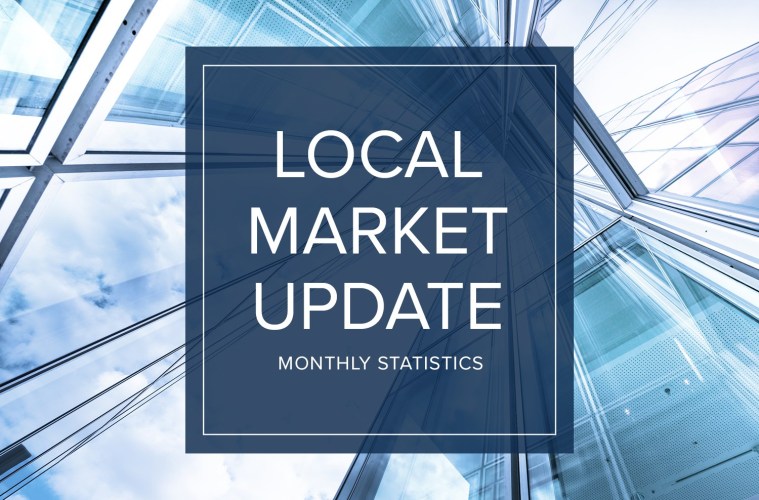
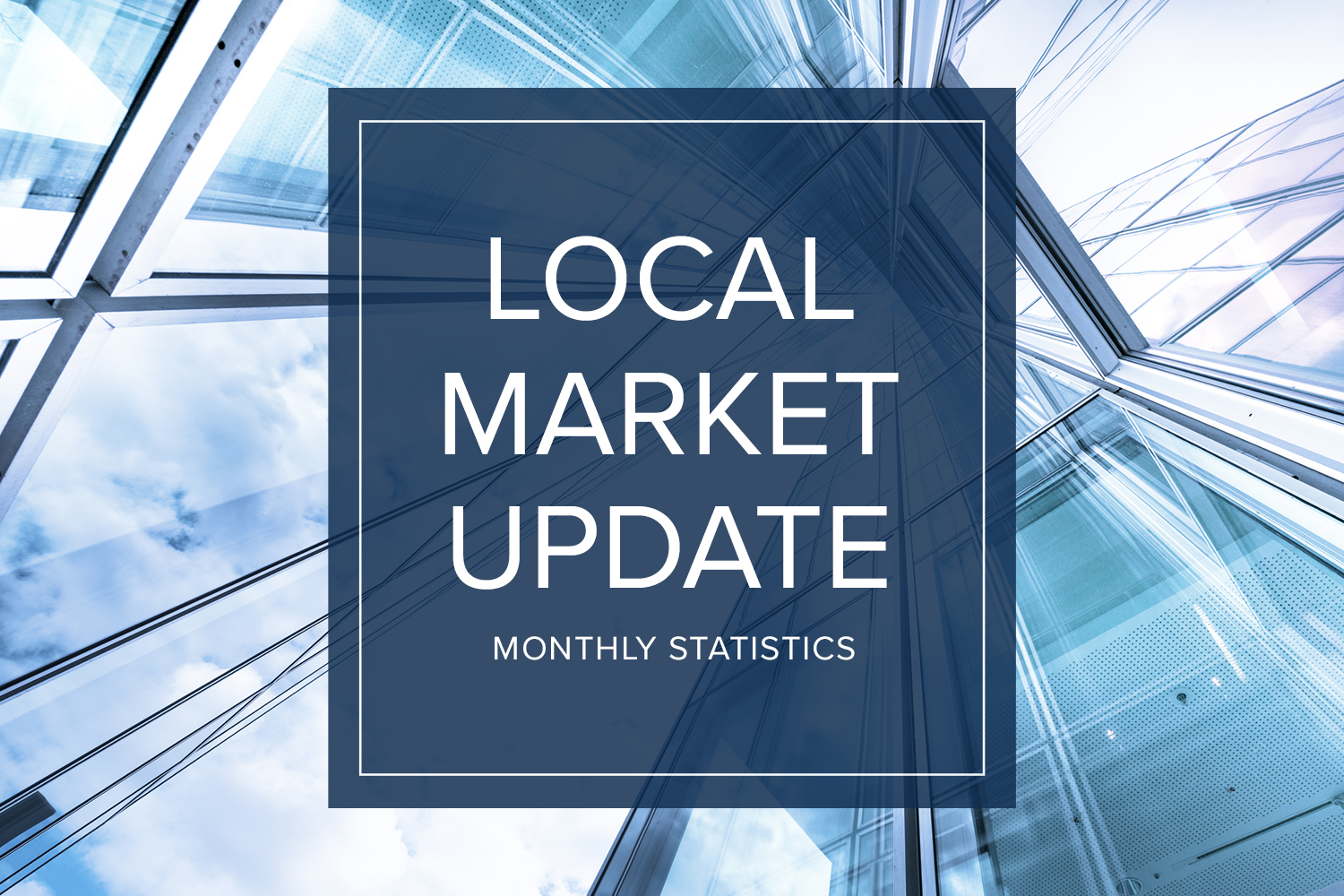
While our lives are very different than they were a year ago, the local real estate market has recovered to 2019 levels. Record low interest rates are helping spur demand. Sales were up, home prices increased and multiple offers were common.
- The number of pending sales, a measure of current demand, was higher in June than for the same period a year ago.
- The supply of homes on the market remains very low, with just a month of available inventory. When inventory is this low, quick sales over full price are common. That was the case in June when about 40% of homes sold for more than the asking price.
- Home prices in King County rose 4% over a year ago. Snohomish County home prices increased 5%.
- More sellers put their homes on the market. While total inventory remains low, the number of new listings in June was similar to the same time last year.
The monthly statistics below are based on closed sales. Since closing generally takes 30 days, the statistics for June are mostly reflective of sales in May. If you are interested in more information, every Monday Windermere Chief Economist Matthew Gardner provides an update regarding the impact of COVID-19 on the US economy and housing market. You can get Matthew’s latest update here.
EASTSIDE
KING COUNTY
SEATTLE
SNOHOMISH COUNTY
VIEW FULL SNOHOMISH COUNTY REPORT
This post originally appeared on GetTheWReport.com
DIY Home Projects


Image Source: Shutterstock
In recent months, homes have taken on additional roles as offices, schools, and places of entertainment as staying at home has become the norm. With the extra time spent inside and the additional wear and tear on your home, this is a perfect time for those Do-It-Yourself projects you’ve been wanting to get done.
Before getting out the power tools, take time to consider the projects you have in mind. Assess your budget to see if certain projects should be prioritized over others, or if you have the financial capacity for only one or two projects at this time. If you’re questioning how the renovations will affect resale value, please feel free to reachout to me!
Here are a few ideas:
Landscaping and garden projects: the steppingstones of your home’s DIY outdoor makeover.
- A great first step is to start with your front yard—it’s the first thing people see when approaching your home and upgrades to it will improve the curb appeal.
- Start with the hardscaping projects—driveways, decks, fencing, walkways—before installing plants.
- When it comes time to plant, add organic material to your soil such as peat moss, mushroom compost, or leaf mold for added health.
- Add in different shapes and textures of plants to give your landscaping a varied, vibrant look.
Repainting a room: follow these steps to give any room a fresh look and feel.
- The repainting process begins by moving all furniture out of the room. If you want to pile everything in the center and work around it, be sure to lay your drop cloths on the floor before doing so and cover your furniture to prevent damage.
- Repair any damage to the walls and fill in cracks with putty. This is a good time to remove all electrical outlets and switch covers to get the walls completely flat.
- Choose the appropriate brush or paint roller depending on the size of the surface area.
- Once the walls are painted, remove your painter’s tape and paint the trim.
Flooring projects: how to repair or add flooring that will have you walking through your house comfortably.
- Wood floor damage: To remove surface scratches from wood floors, use steel wool or fine grit sandpaper and finish with a top coat of polyurethane. For deep scratches, use wood filler that closely matches your flooring in color, and apply a wood finish layer on top.
- Vinyl floor damage: If your vinyl flooring has ripped up, apply a vinyl flooring adhesive and lay the ripped piece into place. For sections that are completely torn off, use a utility knife to cut a new piece of flooring and apply adhesive when matching the piece back into the floor.
- New tile flooring: Before you start tiling, wash the floor with a commercial detergent to remove dirt and stains. If you are laying new tile over old tile, make sure the original layer is secure. Begin by laying out the pattern before making your tile cuts. Then you are ready to apply the mastic or mortar, and finally lay the tiles. Let the tile sit for at least a day before grouting the joints.
With so many people staying at home, DIY projects are at an all-time high. Doing projects like these yourself may not be easy, but it gives a greater sense of ownership, and can often save you money by not outsourcing the work. For additional help on these projects and to find new ones, check out YouTube’s vast DIY resources.
This post originally appeared on Windermere.com
Reopening Real Estate, the Right Way.
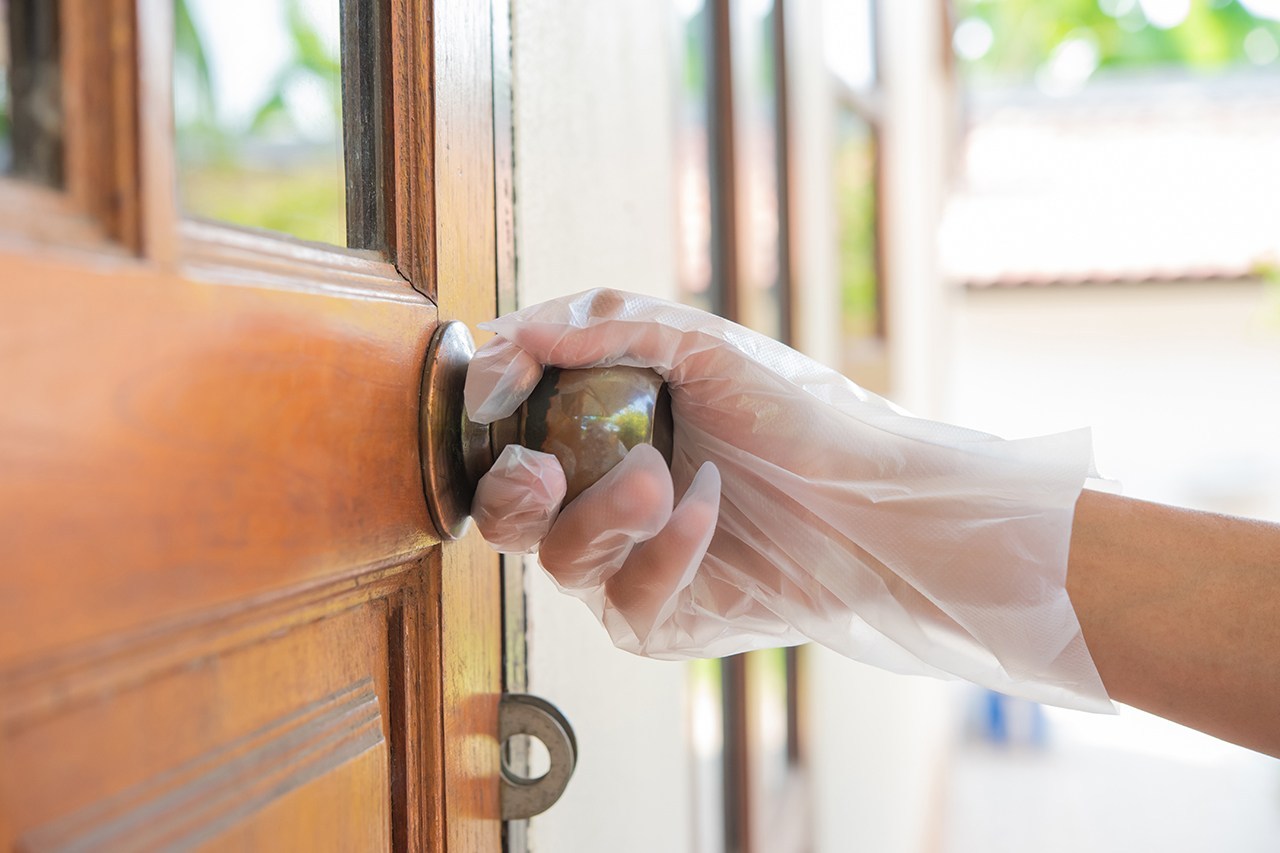
As King County enters Phase 2 of reopening, residential real estate services providers must follow a strict set of rules. These control how brokers may conduct business inside and outside their offices and homes for sale (listings).
Windermere has developed protocols for reopening that meet or exceed all of the state requirements. From the beginning of the shutdown, we have lived by the mantra “Go slow, do no harm.” This philosophy remains firmly in place during the current reopening phase.
Staying Safe: Inside a Listing
Pete Richmond, owner of Windermere’s Greenwood office, discussed how brokers and their vendors must follow strict guidelines when inside a listed home. “For safety reasons, we can’t allow more than three people – including ourselves – inside a listing at once,” Richmond said. He noted that all visitors must observe social distancing guidelines and that all activities inside a listing must take place by appointment only. “So we can’t host open houses, other than by virtual means like live-streaming,” he added.
During Phase 2, brokers and their vendors must wear face coverings at all times when inside a listing. Richmond pointed out that Windermere brokers are encouraged to provide masks, gloves, booties and hand sanitizer to each vendor or client entering a listing.
“Normally we’re required to leave a business card in every home we preview,” Richmond said, explaining that this obligation has been suspended during COVID-19. “We’re also no longer traveling in the same car as clients or colleagues,” he added.
Staying Safe: In the Office
Windermere offices in King County have moved to reopen and are operating under a strict set of guidelines that brokers and staff must follow.
Deanne Wilson, co-owner of Windermere East Inc., and Laura Smith, co-owner of Windermere Co., used the state’s Safe Start guide to establish a reopening plan for their 12 offices. “We’re doing everything possible to keep everyone safe by following the protocols established by the state,” Wilson said.
Windermere’s reopened offices have implemented numerous rules, including restrictions on the amount of people allowed inside at any one time. While staff are permitted in the office to perform essential functions, employees rotate between being onsite and working from home. Total occupancy may not exceed 50% during Phase 2. Visitors must have appointments to enter the office and must limit visits to 30 minutes.
Brokers and staff must observe social distancing at all times. They also must wear face coverings when entering and leaving the office, while in common areas, and whenever not working alone. Windermere kitchens are closed, office entry is required through the primary entrance only, and smaller conference rooms where social distancing is not possible have been closed.
Windermere offices are providing masks, gloves and hand sanitizer to brokers, staff, and the limited number of guests who enter. Many offices have installed sneeze guards to protect front office personnel. They have also installed sanitizing stations at entry points and in common areas. “We’ve even rearranged furniture to encourage social distancing,” Wilson said.
This post originally appeared on the GettheWReport.com Blog
Windermere Insights: How COVID-19 is Really Impacting Local Real Estate

The challenges presented by COVID-19 have been felt locally by every home buyer, seller and real estate broker. Residential real estate, which was moving at breakneck speed through February, came to a screeching halt for two weeks in March after the initial Stay Home order was implemented.
As soon as Governor Inslee declared real estate an essential business, the engines started to rev again. Despite job losses and a nosedive in general consumer confidence and spending, home buyers started to jump back into the market. Theories abound about why this could happen in the middle of a pandemic:
- With some exceptions, our local tech sector has generally performed well during COVID-19 and its employees may feel reasonably insulated from the worst of the economic fallout. For some, their stock options may have actually increased in value during the worst of the coronavirus.
- Many buyers were already feeling the squeeze of low housing inventory and the defeat of losing out in multiple-offer situations. Some likely saw the lower competition during the shutdown as an opportunity to finally gain a foothold.
- Mortgage rates in the early stages of the shutdown dropped to historic lows, with some 30-year fixed loans carrying percentage rates in the low threes.
- Renters and homeowners with sustained income security found themselves suddenly doing everything from home – working, schooling, exercising – which may have motivated them to pursue a change in space, moving from dreamers to active buyers.
- Lots of real estate “window shoppers” suddenly had a lot more time on their hands and spent hours perusing eye-candy listings online and watching more HGTV than ever, accelerating their property lust and their entry into the buyer pool.
Some of these theories have metrics behind them and some remain just theories. Regardless of the motivation, buyers are back “out” in force, touring prospective homes online, via livestream video with a broker or pre-produced 3D tours and videos. Brokers are showing them homes in person too – while following many safety precautions. Because of this strong buyer interest, prospective sellers are hearing from their brokers that now may be a good time to list.
For weeks now, we have seen multiple offers on homes in popular neighborhoods. Brokers, for whom business was put on hold at the end of March, are as busy as at any other point this year. Though the new normal is still not completely normal, the market in many neighborhoods and price points seems to be skipping along as if it were.
To learn how various sectors of our local real estate market are performing during COVID-19, we asked Windermere experts from Seattle and the Eastside what they are seeing.
Real Estate Across Seattle
Laura Smith, co-owner and principal broker of Windermere Real Estate Co., which operates multiple real estate offices in Seattle, has been busy helping brokers ramp up quickly and navigate a hefty transaction load along with new protocols for listing and showing homes. “It’s been a total whirlwind,” she said. “The market went from zero to sixty in a heartbeat.”
Smith explained that out of nine MLS areas in the city of Seattle, seven had less housing stock (measured as months of inventory) than what was available in May 2019, and the other two areas had the same inventory levels as last year. She noted that Seattle’s pending home sales during Week 3 of May already had reached 95% of the transaction count from the same week in 2019.
“Right now buyers want in,” Smith said, “and inventory numbers favor sellers.” Prices, as a result, have “stayed strong,” according to Smith, even in the midst of a health-related shutdown.
Bouncing Back on the Eastside
According to Matt Deasy, President of Windermere Real Estate / East, Inc., the volume of business has bounced back quicker than expected and brokers are busy helping buyers and sellers while following new practices to prevent the spread of the coronavirus.
“After reentering the market, buyers are finding the competition as fierce as it was before COVID-19,” Deasy said. His analysis shows that while Eastside pending sales are still down from a year ago, by Week 2 of May they were at 73% of last year’s figure from the same week. “Each week we are seeing the market steadily catch up to last year,” Deasy observed, “and I think it will soon head north of 2019 weekly transaction yields.”
Deasy pointed out that low Eastside housing supply is a challenge for buyers rushing back in to the market. “There is so little for sale” he said, noting that of the Eastside’s eight MLS areas, all but one had extremely low levels of inventory. “In fact,” Deasy continued, “three Eastside areas have a month or less supply of homes.” As a result, he predicts that “prices in popular neighborhoods will continue to climb” for the foreseeable future.
The Luxury Market
Patrick Chinn, owner of Windermere Real Estate Midtown, regularly works with luxury brokers and their clients. He observed that the luxury market was proceeding at a seasonally appropriate pace prior to the shutdown but has appeared a little slower to come back online as restrictions on real estate lifted. “Luxury sellers are typically not in a rush,” Chinn noted, “and the safety considerations of listing a home during COVID-19 may have delayed” their entry into the market.
Due to their high net worth, luxury buyers on the other hand may have been “less adversely impacted by the very real economic impacts of the shutdown,” Chinn said. But he also observed that fluctuations in the stock market usually make for “a restless luxury market, despite greater potential access to capital.” Chinn expects the pace of new high-end transactions and inventory to remain below what it was pre-shutdown, at least until there’s a clearer economic picture in sight.
Chinn did note that if a singular property is listed during an economic downturn such as the one we now find ourselves in, there can still be great urgency by luxury buyers to purchase. He gave as an example a Medina property listed during the topsy-turvy days just before the shutdown that quickly went under contract at its asking price of $11.75 million. “Iconic homes on iconic streets will still generate lots of enthusiasm, even during a downturn,” Chinn said.
He reported that one of his brokers went full speed ahead to list a one-of-a-kind beachfront property in Magnolia. Even during the lingering impacts of COVID-19, “there’s no time like the present for listing incredible homes,” Chinn explained.
Continuing New Construction
Joe Deasy, co-owner of Windermere Real Estate / East Inc., says that the early phase of the shutdown created significant waves for residential builders. Initially both the building and listing/showing of all residential new construction projects were stopped due to the Stay Home order.
As builders start building again and brokers start showing finished units, “the early pace will naturally be a bit slower,” Deasy said. He explained this as a result of builders needing to rehire furloughed workers and buyers’ agents implementing safety measures to prevent the spread of the coronavirus.
“I expect things to accelerate pretty quickly as we move forward,” Deasy predicted. His reason? “There’s so little inventory out there, both new construction and resale,” he explained. “The product that is available looks pretty attractive right now, since it’s brand new and no one’s ever lived in it.”
Deasy remains positive about the region’s new construction market. He pointed out that leading into the Stay Home closure, Windermere’s King County new construction business was through the proverbial roof. “Even factoring in the shutdown, our year-to-date unit sales are up 41% over last year,” he noted, “and our sales volume is already at $700 million.”
Looking ahead, Deasy predicts that demand for new construction homes will remain strong and that supply will have the biggest impact on the sector’s overall market performance. “Low inventory may influence 2020 sales more than the shutdown,” he explained, “which, all things considered, was relatively brief.”
This post originally appeared on GettheWReport.com
Western Washington Real Estate Market Update

The following analysis of the Western Washington real estate market is provided by Windermere Real Estate Chief Economist, Matthew Gardner. We hope that this information may assist you with making better-informed real estate decisions. For further information about the housing market in your area, please don’t hesitate to contact your Windermere agent.
A MESSAGE FROM MATTHEW GARDNER
Needless to say, any discussion about the U.S. economy, state economy, or housing markets in the first quarter of this year is almost meaningless given events surrounding the COVID-19 virus.
Although you will see below data regarding housing activity in the region, many markets came close to halting transactions in March and many remain in some level of paralysis. As such, drawing conclusions from the data is almost a futile effort. I would say, though, it is my belief that the national and state housing markets were in good shape before the virus hit and will be in good shape again, once we come out on the other side. In a similar fashion, I anticipate the national and regional economies will start to thaw, and that many of the jobs lost will return with relative speed. Of course, all of these statements are wholly dependent on the country seeing a peak in new infections in the relatively near future. I stand by my contention that the housing market will survive the current economic crisis and it is likely we will resume a more normalized pattern of home sales in the second half of the year.
HOME SALES
- There were 13,378 home sales during the first quarter of 2020, a drop of only 0.2% from the same period in 2019, but 27% lower than in the final quarter of 2019.
- The number of homes for sale was 32% lower than a year ago and was also 32% lower than in the fourth quarter of 2019.
- When compared to the first quarter of 2019 sales rose in eight counties and dropped in seven. The greatest growth was in Cowlitz and Lewis counties. The largest declines were in Island and Snohomish counties.
- Pending sales — a good gauge of future closings — rose 0.7% compared to the final quarter of 2019. We can be assured that closed sales in the second quarter of this year will be lower due to COVID-19.

HOME PRICES
- Home-price growth in Western Washington rose compared to a year ago, with average prices up 8.7%. The average sale price in Western Washington was $524,392, and prices were 0.4% higher than in the fourth quarter of 2019.
- Home prices were higher in every county except San Juan, which is prone to significant swings in average sale prices because of its size.
- When compared to the same period a year ago, price growth was strongest in Clallam County, where home prices were up 21.7%. Double-digit price increases were also seen in Kitsap, Skagit, Mason, Thurston, and Snohomish counties.
- Affordability issues remain and, even given the current uncertain environment, I believe it is highly unlikely we will see any form of downward price pressures once the region reopens.

DAYS ON MARKET
- The average number of days it took to sell a home in the first quarter of this year dropped seven days compared to the first quarter of 2019.
- Pierce County was the tightest market in Western Washington, with homes taking an average of only 29 days to sell. All but two counties — San Juan and Clallam — saw the length of time it took to sell a home drop compared to the same period a year ago.
- Across the entire region, it took an average of 54 days to sell a home in the first quarter of the year — up 8 days compared to the fourth quarter of 2019.
- Market time remains below the long-term average across the region. This is likely to change, albeit temporarily, in the second quarter due to COVID-19.

CONCLUSIONS

This speedometer reflects the state of the region’s real estate market using housing inventory, price gains, home sales, interest rates, and larger economic factors.
Given the current economic environment, I have decided to freeze the needle in place until we see a restart in the economy. Once we have resumed “normal” economic activity, there will be a period of adjustment with regard to housing. Therefore, it is appropriate to wait until later in the year to offer my opinions about any quantitative impact the pandemic will have on the housing market.
ABOUT MATTHEW GARDNER
 As Chief Economist for Windermere Real Estate, Matthew Gardner is responsible for analyzing and interpreting economic data and its impact on the real estate market on both a local and national level. Matthew has over 30 years of professional experience both in the U.S. and U.K.
As Chief Economist for Windermere Real Estate, Matthew Gardner is responsible for analyzing and interpreting economic data and its impact on the real estate market on both a local and national level. Matthew has over 30 years of professional experience both in the U.S. and U.K.
In addition to his day-to-day responsibilities, Matthew sits on the Washington State Governors Council of Economic Advisors; chairs the Board of Trustees at the Washington Center for Real Estate Research at the University of Washington; and is an Advisory Board Member at the Runstad Center for Real Estate Studies at the University of Washington where he also lectures in real estate economics.
This post originally appeared on the Windermere.com Blog
 Facebook
Facebook
 Twitter
Twitter
 Pinterest
Pinterest
 Copy Link
Copy Link
